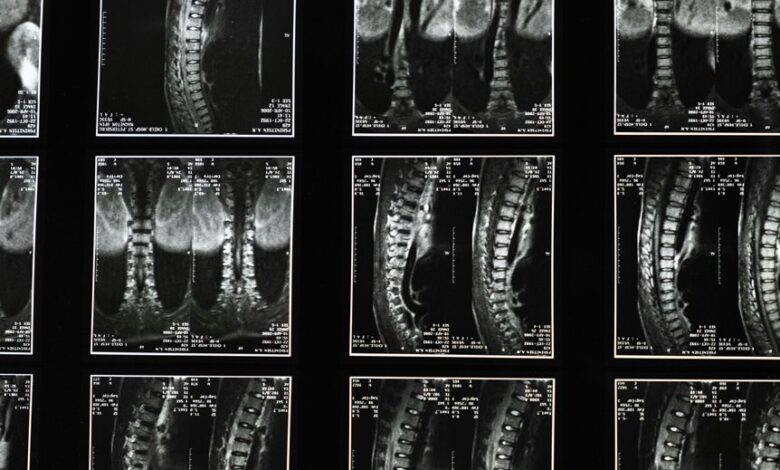Does Cbd Help With Sciatica

The potential benefits of CBD for sciatica have gained attention due to its interaction with pain receptors and possible anti-inflammatory properties. While anecdotal evidence and some preliminary studies suggest that CBD may alleviate sciatica-related discomfort, the need for more rigorous scientific research remains critical. Understanding how to effectively use CBD for pain relief could provide a natural alternative for those struggling with sciatica symptoms. What does the current research reveal?
Understanding Sciatica and Its Symptoms
Although many people may associate back pain with general discomfort, sciatica specifically refers to pain that radiates along the sciatic nerve, which runs from the lower back through the hips and down each leg.
Common sciatica causes include herniated discs and spinal stenosis.
Effective sciatica treatments range from physical therapy to anti-inflammatory medications, empowering individuals to reclaim their movement and alleviate discomfort.
The Role of CBD in Pain Management
Managing sciatica pain effectively is a priority for many individuals seeking relief.
CBD's efficacy in pain management stems from its interaction with pain receptors in the body. By potentially modulating these receptors, CBD may help alleviate discomfort associated with sciatica.
This natural approach offers an alternative for those desiring freedom from traditional pain relief methods, while exploring the benefits of cannabinoid therapy.
Scientific Research on CBD and Sciatica
While the anecdotal evidence surrounding CBD's benefits for sciatica is growing, scientific research remains crucial in understanding its true efficacy.
Studies suggest that CBD may interact with pain pathways in the nervous system, potentially reducing inflammation and alleviating pain.
However, more rigorous clinical trials are needed to substantiate these claims and establish a clearer understanding of CBD efficacy in managing sciatica symptoms.
How to Use CBD for Sciatica Relief
Numerous individuals seeking relief from sciatica have turned to CBD as a potential treatment option.
To effectively use CBD, one must consider appropriate CBD dosage and various application methods, such as oils, capsules, or topical creams.
Starting with a low dosage and gradually increasing it allows for personalized relief.
It's essential to consult a healthcare professional for tailored guidance in managing symptoms.
Conclusion
In the quest for sciatica relief, traditional pain management methods often come with significant side effects, while CBD presents a promising, natural alternative with potential anti-inflammatory properties. Though anecdotal evidence and preliminary studies suggest its efficacy, the lack of rigorous scientific validation leaves a gap in understanding. Therefore, while CBD may offer hope for some, it is crucial to approach its use with caution and seek professional guidance, balancing optimism with the need for thorough research.






